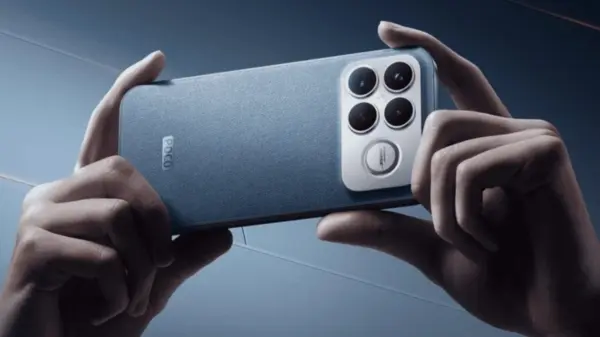Recent advancements in material science have significantly improved the performance of stretchable digital displays, particularly those utilizing organic light-emitting diodes (OLEDs). A collaborative research effort led by scientists from the University of Cambridge and the University of California, Los Angeles (UCLA) has unveiled innovative materials that enhance the functionality and durability of these high-end screens, which are prevalent in devices such as televisions, smartphones, laptops, and gaming consoles.
The research team focused on developing a new type of polymer that exhibits exceptional elasticity while maintaining the optical quality essential for effective OLED operation. This breakthrough allows for the creation of displays that can bend, stretch, and twist without compromising their visual performance. The findings were published in June 2023 and could have profound implications for the growing flexible electronics market.
Key Innovations in Material Science
The newly developed polymer not only improves the stretchability of OLEDs but also enhances their light-emitting efficiency. By integrating this advanced material, the displays can maintain brightness and clarity even under mechanical stress. This is particularly important as consumer demand for more versatile and durable devices continues to rise. Traditional OLEDs, while offering stunning visuals, often struggle with flexibility and longevity.
Researchers conducted extensive testing to evaluate the durability of the new materials. Their findings indicate that displays made with this polymer can endure significant deformation without experiencing a drop in performance. This characteristic is critical for the development of wearable technology and other applications where devices are subjected to movement and pressure.
Market Impact and Future Applications
As the global electronics market expands, the demand for flexible, durable displays is expected to increase. The integration of these innovative materials could revolutionize the design and functionality of future electronic devices. Manufacturers are likely to explore the potential for OLEDs in new sectors, including automotive displays, health monitoring devices, and other consumer electronics.
According to industry experts, the introduction of stretchable OLED technology could lead to a substantial shift in how consumers interact with their devices. For instance, screens that can conform to different shapes or even be embedded in clothing may become a reality, opening doors to new user experiences.
In summary, the advancements in stretchable OLED displays mark a significant milestone in the evolution of digital screens. With ongoing research and development, the future looks promising for both manufacturers and consumers eager for innovative technology. The collaborative efforts of the University of Cambridge and UCLA highlight the potential for material science to transform the landscape of flexible electronics, paving the way for a new generation of devices that combine functionality with adaptability.



































































